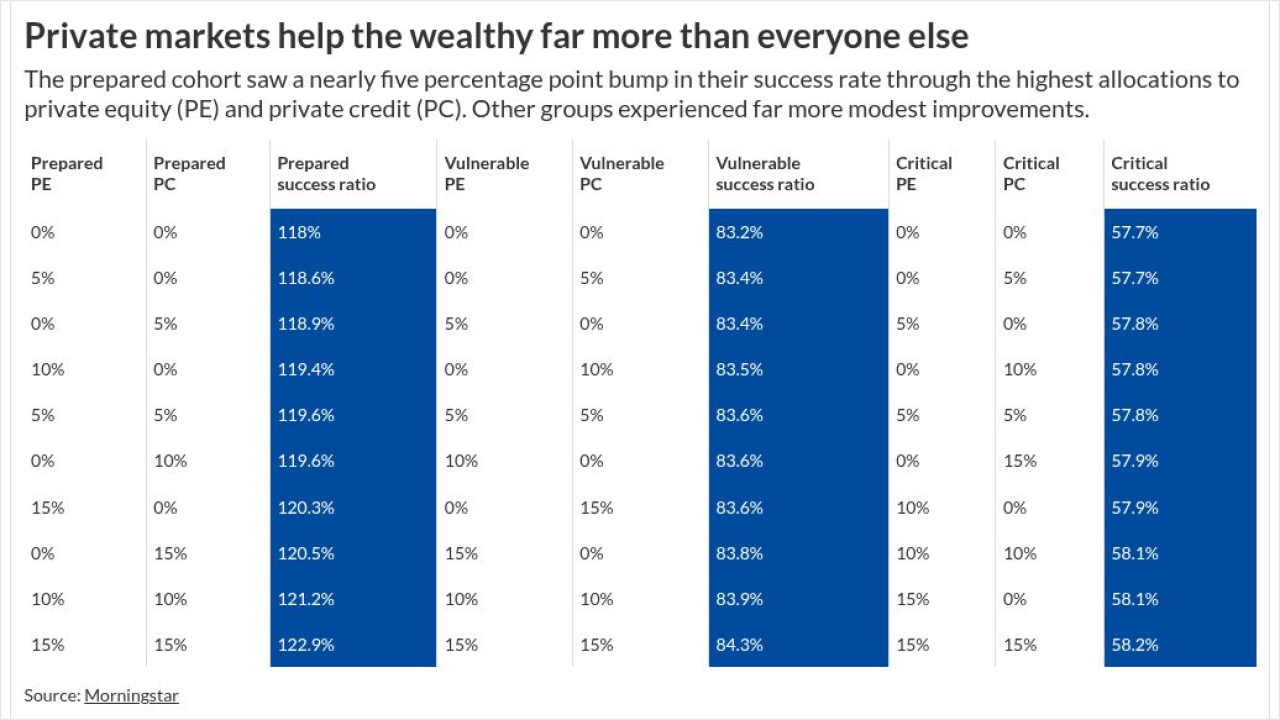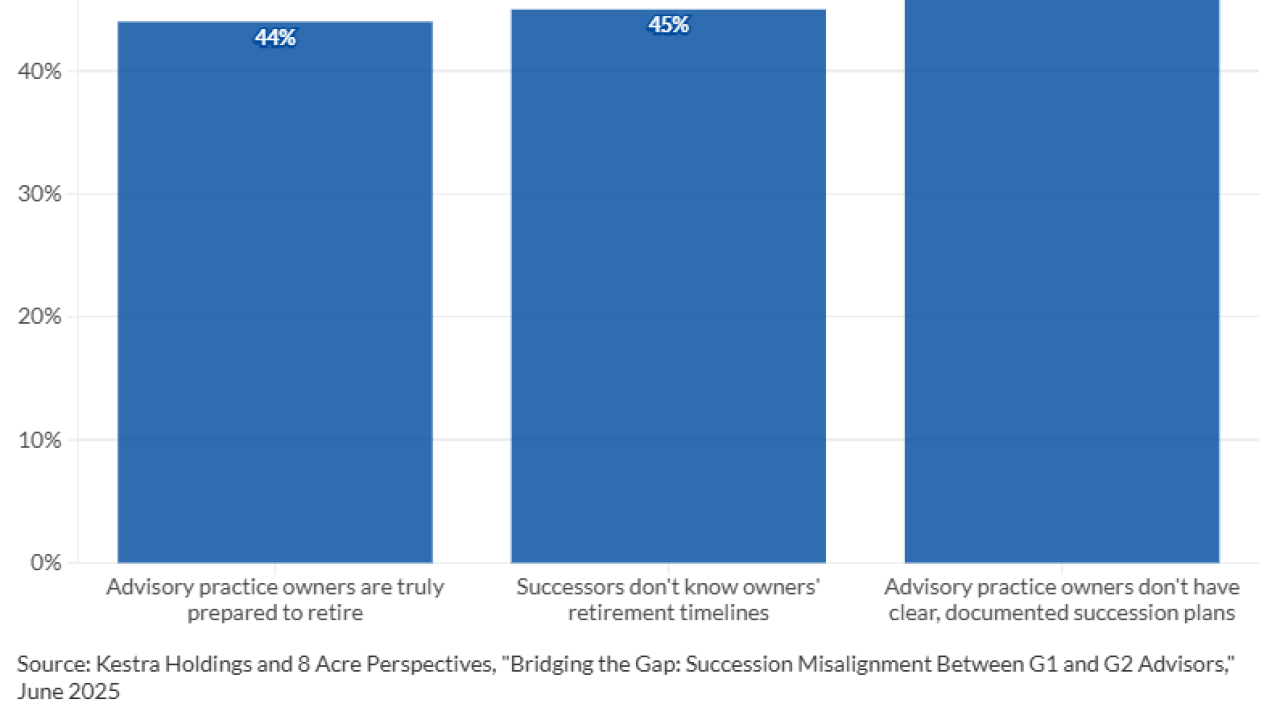By choice — but mostly by necessity — learning has accelerated during the coronavirus pandemic due to the embrace of new platforms. That’s a good thing when life has become much more complicated for those juggling work, kids and a host of other “IRL” factors.
Advisors and their firm partners should be no different, continuing to offer — and pursue — learning and development opportunities even as we remain physically apart. Indeed, now is the time for firms to accelerate their development programs, taking advantage of emerging technology and advisors’ newfound comfort with virtual platforms to bring training and mentorship programs to new heights.
Even better, because virtual programs are more accessible, less costly to produce and attend and extremely effective, firms that lean into this delivery model can continue to use it long after the pandemic is over.
Let’s explore how firms can set up their programs — and their advisors — for success.
Online-first thinking
Don’t simply take in-person events and reflexively present them on Zoom. Pivoting to a virtual format requires a shift to online-first thinking. That means choosing the right technology tool and platform to suit the event and participants. It also means ensuring that attendees are prepared ahead of time for the connectivity required. At Commonwealth, we’ve hosted virtual events for advisors and their staff with Allego since 2016. Production values, seamless delivery of training resources and being able to measure engagement and ROI all play an important part in an event’s success, and the right platform can make a huge difference.
Think outside the virtual room
Unlike a conference room or auditorium where your audience is fairly captive, virtual attendees may be dealing with distractions you’re unaware of, not to mention the dreaded “Zoom fatigue.” Try to be conscious of external factors advisors are dealing with and do your best to “read the rooms” to gauge engagement and encourage participation. Be intentional about how information is presented, especially dense regulatory updates or new information, which should be broken into digestible chunks.
Affluent clients can use wealth and retirement strategies to blunt the impact of the administration’s proposals, which include a higher capital gains rate.
It’s OK to assign pre-work
Your time is valuable. Requiring homework or, in this case, pre-work before joining a development or training session keeps attendees accountable by having everyone prepared and on the same page. We’ve found that sending material ahead of time translates to more productive — and shorter — virtual meetings, which translates into less screen time and richer conversations.
Keep training accessible
Another advantage of presenting virtually and digitally is the ability to record and archive training, add closed captioning and make the presentations available on demand. This allows advisors and staff to review what they may have missed, to use the content in sessions for new hires and to thread learnings into the future so training doesn’t stop. We launched our Commonwealth 101 On Demand program for advisors’ staff before COVID-19 with existing resources after partnering with our regulatory and compliance teams. It has been a valuable resource in helping our advisors continue to onboard new staff remotely during the pandemic. We are also launching the program for advisors who are new to their firm or role. By meeting advisors where they are (at home, just like us), we can reach hundreds of advisors as they onboard to their firms and ours.
Pivoting events to a digital strategy isn’t a perk; it’s a necessity advisors have come to expect. How is your firm delivering on its promise?







